
The Power of the Sun: How Solar-Powered GPS Devices Work
Solar-powered GPS devices represent a breakthrough in modern navigation technology, leveraging the abundant and renewable energy of the sun to maintain continuous operation. At their core, these devices are equipped with high-efficiency solar panels or Solar chargers designed to convert sunlight into electrical energy. These solar cells are often made of monocrystalline or polycrystalline silicon, known for their high energy conversion rates and durability. When exposed to sunlight, the solar panels generate direct current (DC) electricity, which is then used to power the GPS device or stored in internal batteries for later use.
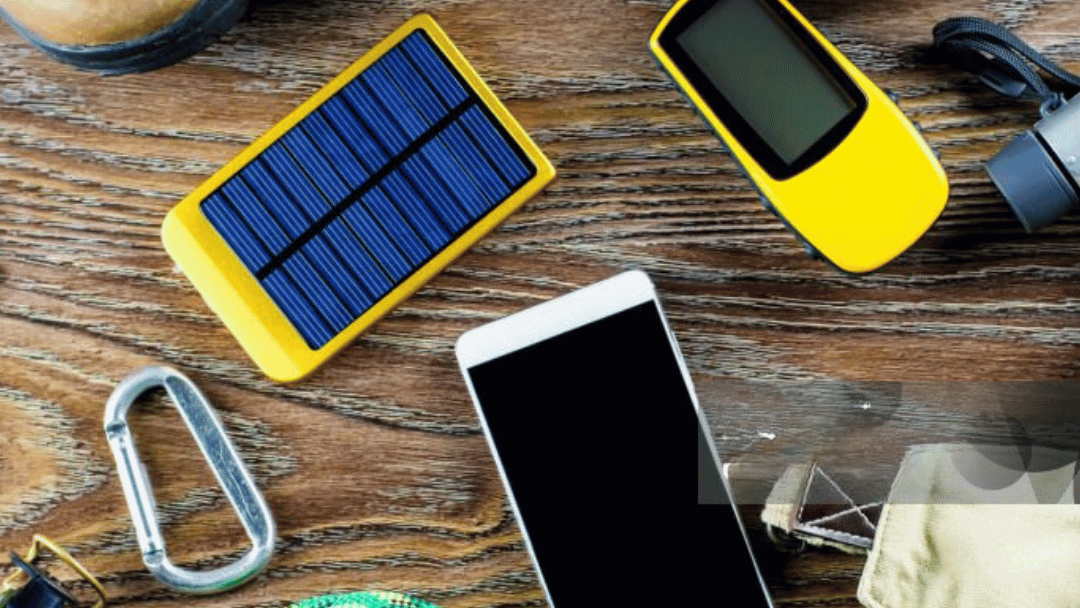
Advanced battery technologies play a vital role in the functionality of solar-powered GPS devices. These devices typically utilize lithium-ion or lithium-polymer batteries, both of which are known for their high energy density, fast charging capabilities, and long lifespan. Such qualities are essential in ensuring that users have reliable power, even when solar energy is temporarily unavailable, such as during nighttime or overcast conditions. The batteries are designed to charge quickly, utilizing energy derived from even limited sunlight exposure, thus minimizing downtime.
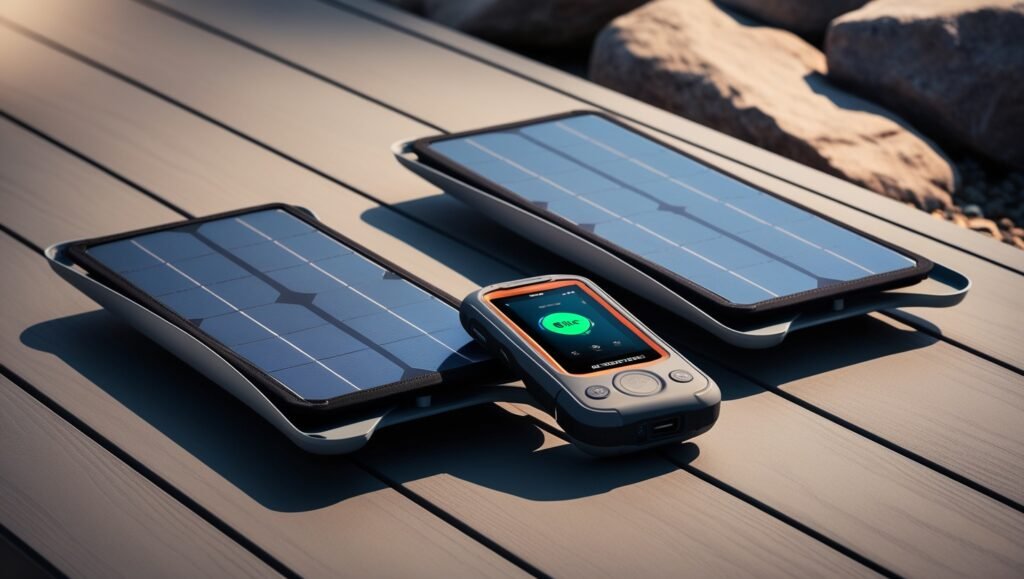
Integration of solar panels with GPS hardware and software is another critical aspect, enhancing the overall user experience. Modern solar-powered GPS devices seamlessly combine solar charging technology with advanced GPS navigation algorithms and software. The solar panels are strategically placed to maximize energy absorption without obstructing the device’s functionalities. This synergy ensures that adventurers receive continuous, accurate navigation data, regardless of their location.
The incorporation of solar energy into GPS devices not only ensures uninterrupted power but also aligns with sustainable practices by reducing dependency on non-renewable energy sources. As such, 2024 marks a significant stride in adventure technology, providing explorers with reliable, eco-friendly navigation tools that perform exceptionally well in the most remote and challenging environments.
Navigating the Untamed: Features for Off-Grid Exploration
Solar-powered GPS devices have revolutionized off-grid exploration, offering adventurers a myriad of features critical for successful journeys into uncharted territories. One of the primary advantages of these devices is the integration of detailed topographic maps. These maps provide comprehensive information on the landscape, showcasing terrain contours, water bodies, and other natural features. This enables explorers to have a clear understanding of the environment they are navigating, which is essential when traversing challenging landscapes.

Equally important are the sophisticated route planning options available in modern GPS devices. Adventurers can pre-plan their journeys, including setting multiple waypoints and optimizing routes for efficiency and safety. These route planning tools are invaluable in helping users avoid hazardous areas and select the most optimal paths based on elevation and terrain analysis. Elevation data, combined with terrain analysis features, empowers explorers to anticipate steep ascents or descents, making educated decisions about their hiking routes and ensuring they are physically and mentally prepared for the journey ahead.
Waypoint tracking and breadcrumb trails are additional functionalities that enhance the navigational capabilities of solar-powered GPS devices. Waypoints allow users to mark critical locations such as campsites, water sources, and points of interest. This feature is particularly beneficial for long expeditions where maintaining a sense of direction is crucial. Breadcrumb trails, on the other hand, enable adventurers to leave a digital trace of their path, making it straightforward to retrace steps if necessary. This can be a lifesaver in dense forests or vast deserts where landmarks are sparse and the risk of getting lost is high.
Incorporating these advanced features, solar-powered GPS devices have become indispensable tools for modern explorers seeking off-grid adventures. They not only provide detailed mapping and route optimization but also ensure safety through precise location tracking and route retracing options.
Staying Connected in the Wilderness
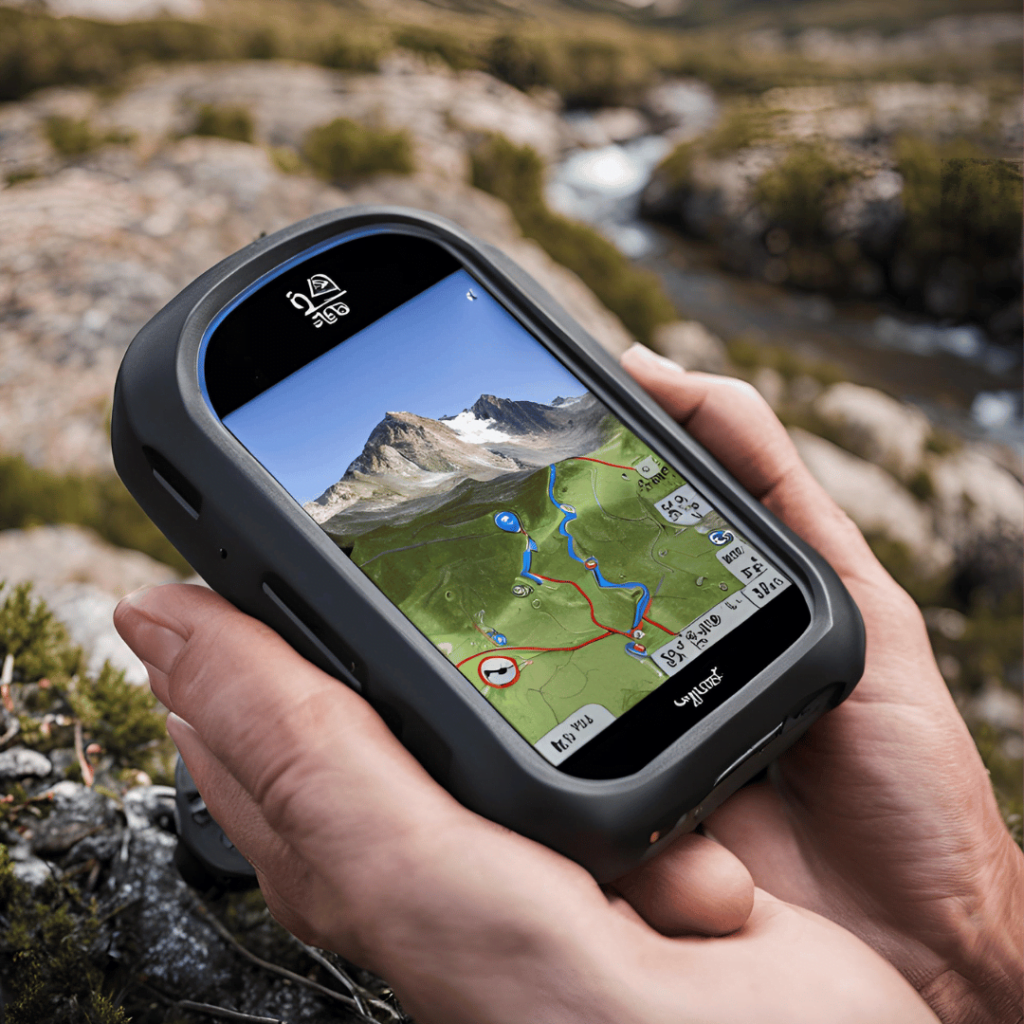
Modern solar-powered GPS devices have revolutionized outdoor exploration by integrating communication and safety features that are indispensable for those venturing off-grid.
One of the paramount components incorporated into these devices is emergency communication options. These functionalities allow adventurers to send distress signals during critical situations, ensuring they can summon help even from the most remote locations. By leveraging satellite-based communication capabilities, these devices facilitate a reliable connection when traditional cellular networks fall short.
Furthermore, the built-in weather forecasting and alert systems in these advanced GPS units are pivotal for safe navigation. They provide real-time weather updates, enabling users to adapt to changing atmospheric conditions effectively. The ability to receive early warnings about severe weather events can be the difference between a safe trip and a perilous predicament. This aspect of solar-powered GPS technology not only enhances safety but also empowers users to make informed decisions that mitigate risks associated with unpredictable weather.

In addition to emergency capabilities and weather updates, the satellite communication features present in these devices ensure uninterrupted connectivity. Whether through text messaging or location sharing, users can maintain contact with their peers, assuring peace of mind for both the adventurers and their loved ones.
This persistent connection layer adds substantial security, allowing for coordinated rescues or assistance if required. Ultimately, these integrated technologies transform solar-powered GPS devices into vital tools for outdoor explorers, ensuring they stay connected and informed no matter how far off the beaten path we wander.
Sustainable Adventuring: The Eco-Friendly Advantage
In the context of increasing environmental awareness, solar-powered GPS devices offer a profoundly eco-friendly option for modern adventurers. These devices significantly reduce the carbon footprint associated with conventional battery-powered gadgets. Since they harness renewable energy from the sun, they replace the need for disposable batteries and constant recharging through non-renewable power sources. This not only lowers the overall environmental impact but also aids in conserving our natural resources.
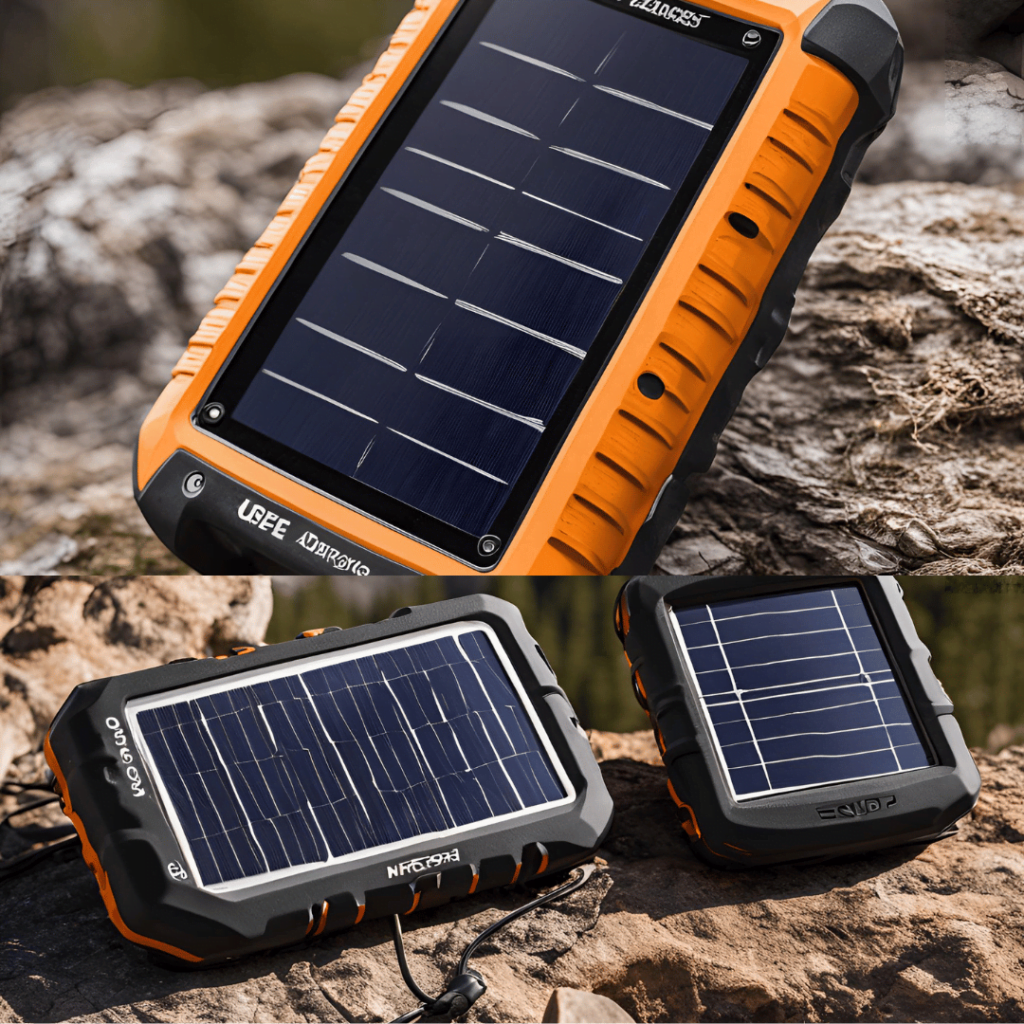
Moreover, the sustainability of solar-powered GPS devices is further accentuated by their design and construction. A majority of these devices incorporate reusable and recyclable components, thereby promoting a circular economy. By avoiding single-use materials and embracing eco-friendly production methods, manufacturers ensure that these gadgets contribute minimally to environmental degradation. This concerted effort in producing sustainable technology aligns seamlessly with the principles of responsible adventuring.
One of the substantial benefits of solar-powered GPS devices is their exceptional durability and long-lasting performance. Built to withstand the rigors of outdoor expeditions, these devices are less likely to suffer from frequent breakdowns. This longevity translates to fewer replacements and reduced electronic waste, which is a growing environmental concern. The durability ensures that adventurers can rely on their GPS devices for extended periods, making them a cost-effective and eco-conscious choice.
For adventurers who are keen on reducing their environmental impact, solar-powered GPS devices present a compelling proposition. Beyond just being tools for navigation, they embody a commitment to preserving the environment. These eco-friendly gadgets exemplify the potential of technology in supporting sustainable practices while offering reliable performance. Therefore, the integration of solar-powered GPS devices into one’s adventure arsenal not only enhances navigation capabilities but also underscores a dedication to eco-friendly traveling.
Recommendations
- Best Over All

- Garmin eTrex®
| REASONS TO BUY | REASONS TO AVOID |
|---|---|
| Fantastic reception in thick coverage | Black & White |
| Wireless notifications and data sharing | Notifications require manual dismissal |
| Solar cells in screen powers device indefinitely in direct sunlight |
- Best for cycling
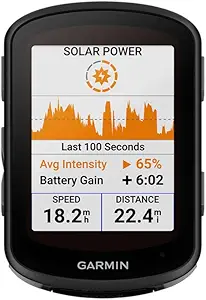
- Garmin Edge 840
| REASONS TO BUY | REASONS TO AVOID |
|---|---|
| colored GPS | Expensive |
| Top class features and app | Excessive for some |
| Superior sensor connectivity |
- Garmin Instinct 2X
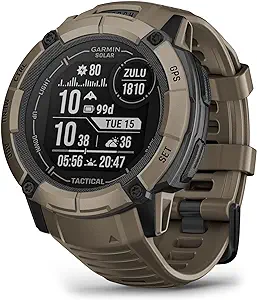
| REASONS TO BUY | REASONS TO AVOID |
|---|---|
| Multipurpose[Time& GPS] | Expensive |
| Exceptionally long battery life | |
| Fully load features for trekking and any other outdoor activities |
Affiliate Disclosure
This site contains affiliate links. If you purchase through these links, I may earn a small commission, at no additional cost to you. I only recommend products I trust and think will benefit you.
Here’s an FAQ section for your blog titled Unlocking Off-Grid Adventure: The Power of Solar-Powered GPS Devices in 2024:
FAQs
1. What is a solar-powered GPS device?
A solar-powered GPS device is a navigation tool that uses solar energy to maintain its battery life, allowing it to function for extended periods without needing a conventional power source. This makes it ideal for off-grid adventures where access to electricity is limited.
2. How does a solar-powered GPS device work?
Solar-powered GPS devices have built-in solar panels that capture sunlight and convert it into energy, which is then used to power the device or recharge its battery. This ensures continuous operation during long hikes, camping trips, or other outdoor activities.
3. Why should I use a solar-powered GPS device for outdoor adventures?
Solar-powered GPS devices are crucial for ensuring safety, reliable navigation, and continuous communication while exploring remote areas. Since they don’t rely solely on traditional batteries, they are perfect for extended trips where power sources might be scarce.
4. Are solar-powered GPS devices reliable in cloudy conditions?
Yes, most solar-powered GPS devices are designed to operate efficiently even in indirect sunlight or cloudy conditions. However, their performance may vary, so it’s advisable to have the device fully charged before starting your adventure.
5. Can I charge other devices using a solar-powered GPS?
Some advanced solar-powered GPS devices come with additional USB ports or power output options that allow you to charge other small electronics, such as smartphones or headlamps, making them versatile tools for off-grid exploration.
6. How long does it take to fully charge a solar-powered GPS device?
The charging time can vary based on the device’s specifications and the amount of sunlight available. On average, it might take several hours of direct sunlight to fully charge the device, but many models are designed to operate efficiently with partial charges.
7. What features should I look for in a solar-powered GPS device?
When choosing a solar-powered GPS, consider features such as battery life, durability, ease of use, size and weight, mapping capabilities, and additional functionalities like weather resistance and the ability to charge other devices.
8. Can I rely solely on a solar-powered GPS device for navigation?
While solar-powered GPS devices are highly reliable, it’s always a good idea to carry a physical map and compass as backup. This ensures you have multiple navigation options in case of device malfunction or unexpected weather conditions.
9. Are solar-powered GPS devices more expensive than regular GPS units?
Solar-powered GPS devices can be more expensive than regular units due to the added technology of solar panels. However, the investment is worthwhile for those who frequently embark on off-grid adventures, as it provides greater reliability and extended usage.
10. What are the top solar-powered GPS devices in 2024?
The top solar-powered GPS devices in 2024 include models that offer a balance of durability, accuracy, and efficient solar charging capabilities. Be sure to research and read reviews to find the best option that fits your specific needs and adventure style.
This FAQ section provides comprehensive answers to common questions, helping you readers better understand the benefits and functionality of solar-powered GPS devices for their outdoor adventures.
